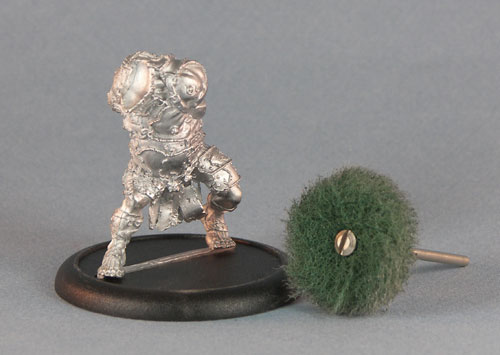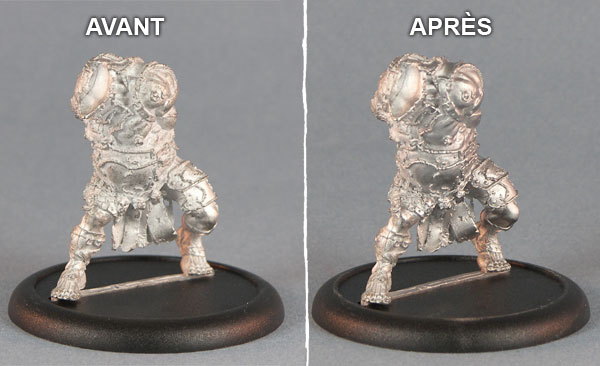© ANAKRON Miniatures Studio - WWW.ANAKRON.FR
Tous les textes, photos, sculptures, dessins, vidéos, etc... de ce site sont la propriété de leur auteur et ils ne peuvent en aucun cas être utilisés sans son accord.Si vous souhaitez pour quelque raison que ce soit utiliser un élément issu de ce site contactez moi au préalable. Merci.
ANAKRON Miniatures Studio - c/o AYRAL David - 28 Avenue Gambetta - Appt 3 - 81300 GRAULHET - France - SIRET : 508 232 188 00013
Tous les textes, photos, sculptures, dessins, vidéos, etc... de ce site sont la propriété de leur auteur et ils ne peuvent en aucun cas être utilisés sans son accord.Si vous souhaitez pour quelque raison que ce soit utiliser un élément issu de ce site contactez moi au préalable. Merci.
ANAKRON Miniatures Studio - c/o AYRAL David - 28 Avenue Gambetta - Appt 3 - 81300 GRAULHET - France - SIRET : 508 232 188 00013



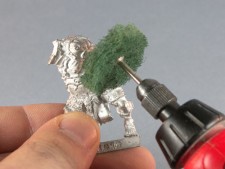
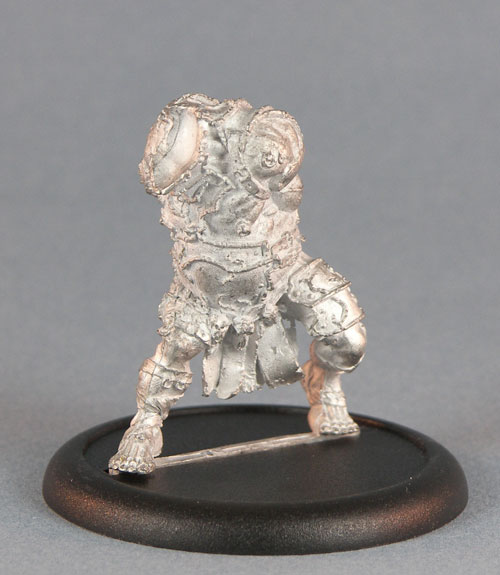

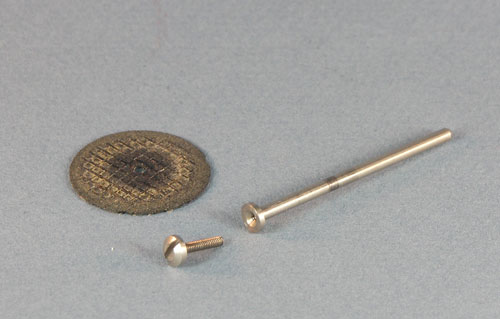
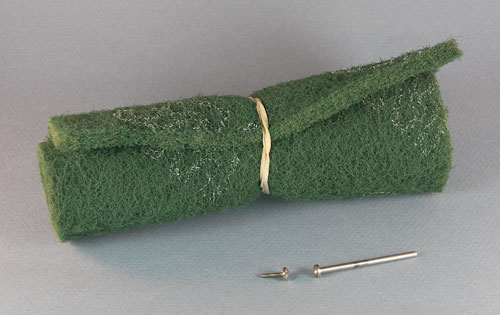

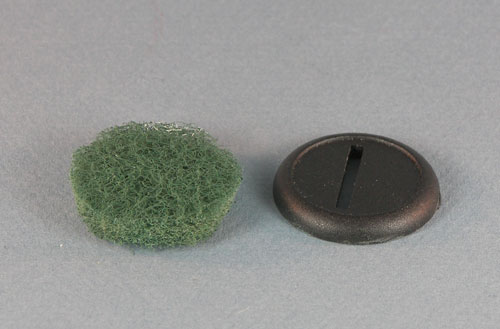
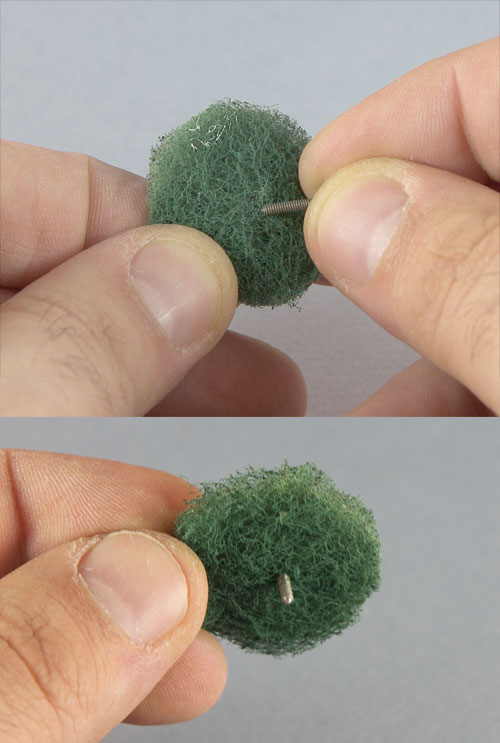
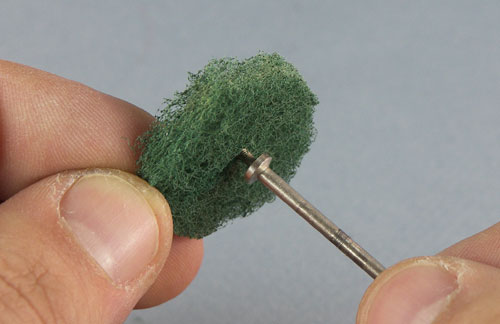
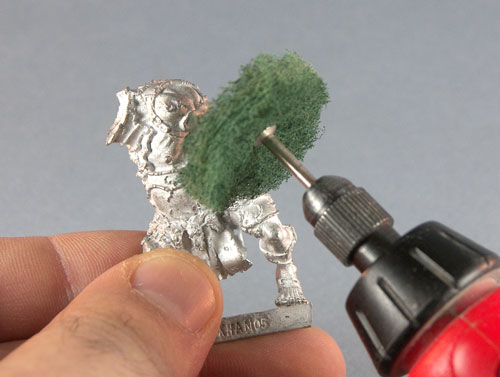
 .
.